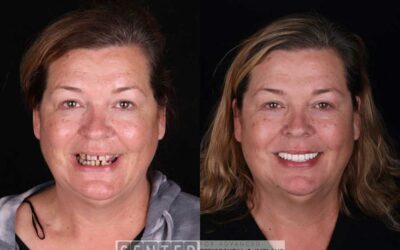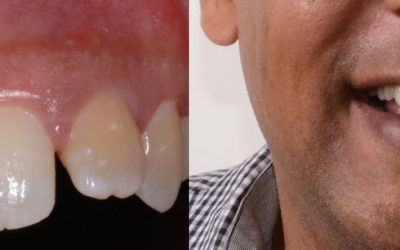The Comprehensive Guide to Dental Implants
Dental implants are one of the most common dental procedures in the United States. According to the American Academy of Implant Dentistry, nearly three million people in the United States currently live with dental implants, and another 500,000 implants are placed annually. Dental implants are artificial tooth roots that are secured into the jaw to replace lost, missing or extracted teeth. These tooth roots support the permanent restorations, also known as artificial teeth, which complete the patient’s smile and look, feel and function just like real teeth! Dental implants are the optimal solution for patients looking for a permanent option to replace missing teeth and to restore their smile and confidence! Implants can even save you lots of money in the long run.
Although life may encompass a lot of uncertainty, one thing is for sure; your ability to smile, laugh, speak and eat with a complete set of teeth is absolutely crucial to one’s ability to navigate day to day life. Dental implants are a permanent solution to sustain a functioning set of teeth and life-long comfort. Dental implants are an optimal solution for restoring a beautiful, healthy smile, and replacing the high-maintenance, inconvenient and messy routine needed to maintain dentures. With dental implants, patients receive a permanent tooth or set of teeth that function just as real teeth, to completely rejuvenate their smile, oral health and overall confidence!
Each patient has their own unique case, which is why no two dental implant cases are alike. At the CENTER for Advanced Periodontal and Implant Therapy, Dr. Aalam and Dr. Krivitsky provide personalized solutions and thorough care, coupled with an expert diagnosis and custom treatment plans to meet the individualized needs of each patient. Depending on each patient’s case, Dr. Aalam and Dr. Krivitsky will correctly diagnose the patient to determine the best course of action to restore their smile and help the patient achieve optimal oral health.
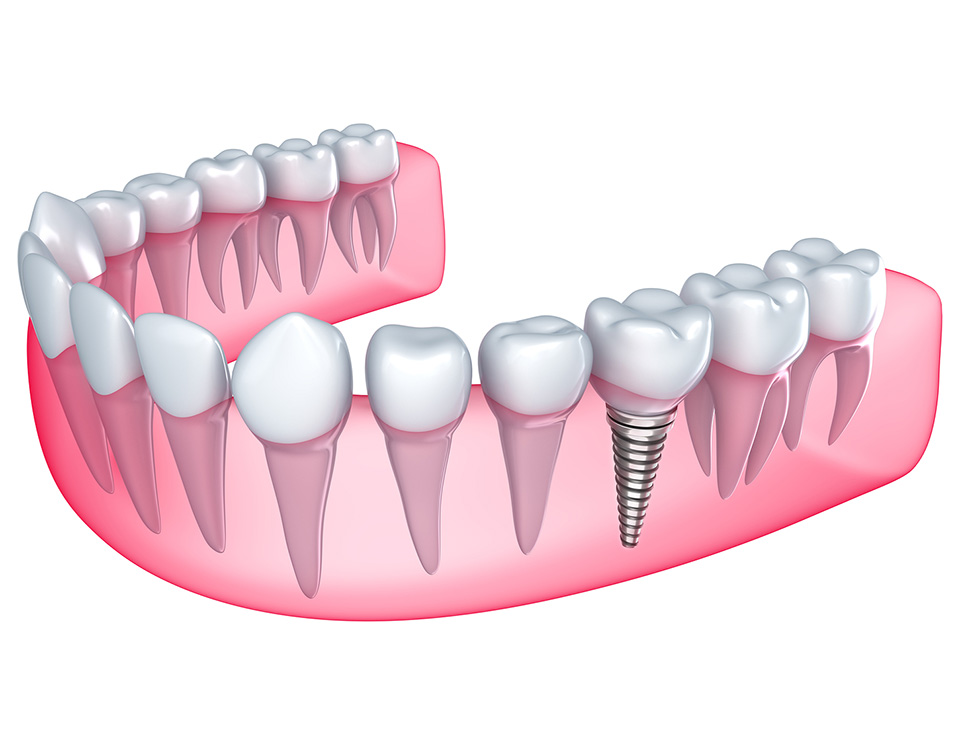
WHY DO YOU NEED DENTAL IMPLANTS
Dental implants can be required for many reasons. Some patients are simply born without teeth while other patients experience issues with their oral health. For example, some patients suffer from periodontal disease that can lead to tooth loss, or the need for extractions. Periodontal disease is an inflammation of the gums caused by bacteria.
Periodontal disease begins in its mildest form as gingivitis, also known as inflammation of the gums. Signs of gingivitis include gum tissue that has become sensitive, swollen, and commonly bleeds when brushing and eating. When the bacteria found in plaque, also known as the sticky film that builds up around the teeth, spreads to the gums, gums will become inflamed. When left untreated, the bacteria will continue to spread beyond the gum line, destroying the healthy gum tissue, and causing the gums to pull away from the teeth. Healthy gum tissue should fit tightly around each tooth with less than 3mm of space between the tooth and gum. When the diseased gum tissue detaches from the teeth and this space widens, periodontal pockets are formed creating an opportunity for bacteria to build up deep within the pockets and further penetrate the gums, eventually spreading to the underlying bone. When the bacteria wears away at the gum tissue and reaches the underlying bone, bone loss can occur, as the bacteria will eventually cause the bone to deteriorate. Since permanent dental implants are artificial tooth roots that are placed in the jaw, it is necessary for patients to have adequate bone density in their jaw to sustain the implants. However, if patients experience bone loss, contrary to the popular misconception, they are still in fact candidates for dental implants. There are several types of bone grafting solutions that can be performed to restore the bone density needed to sustain dental implants. For patients who are missing some, the majority of, or all of their teeth, in the cause of fully edentulous patients, there are several graftless dental implants solutions.
Why Do People Get Dental Implants?
There are many ways to restore your smile or the basic function of your teeth. Other alternatives to getting dental implants are dental crowns or dentures, yet are not as reliable. People have shown a greater inclination towards getting dental implants and is becoming a more common alternative.
Even though there are many ways to restore smiles and the basic functions of teeth, like dental crowns and dentures, but people have shown a greater inclination towards getting dental implants.
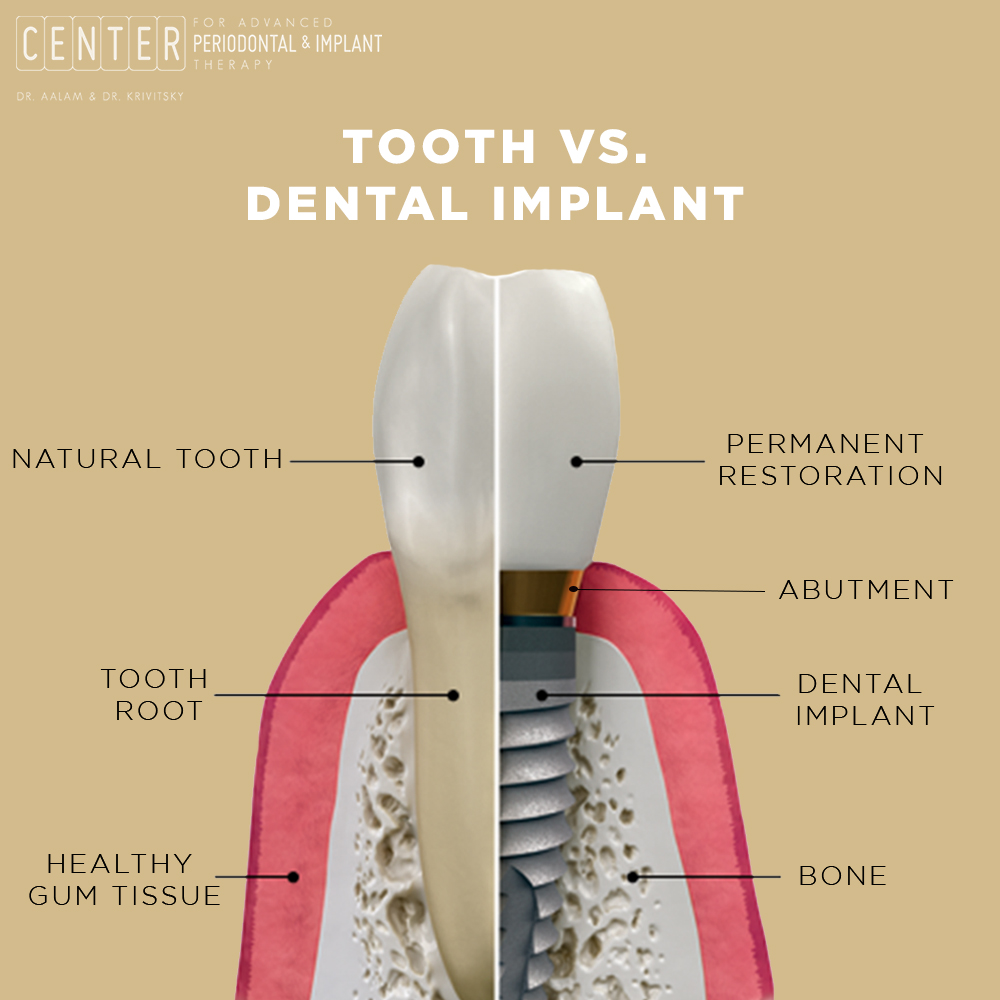
There has been a rise in the rates of getting dental implants due to many reasons like:
- The convenience of dental implants plays a major role in their appeal. Once they are fixed, a person can use them as their normal teeth and unlike dentures, doesn’t have to constantly remove them. However, caring for them like their natural teeth is necessary. This includes regular brushing and flossing.
- Dental implants do not slip off while chewing or talking and they stay in place.
- Dental implants play a larger role in redeeming confidence as they are a more natural solution as compared to previous conventional methods, like bridges, crowns, dentures, et cetera. They are drilled in and act as a replacement for natural teeth.
- Dental implants stay in order for a long time, and if taken proper care of, might even stay for a lifetime.
- Since dental implants are used to fulfill single tooth requirements, there is no need of reducing other teeth as is needed with a tooth-supporting bridge.
- Unlike dentures, dental implants do not require any adhesives to keep them in place as they are drilled in and fixed permanently.
- Dental implants subtract the embarrassment of removing dentures, as they are permanently fixed.
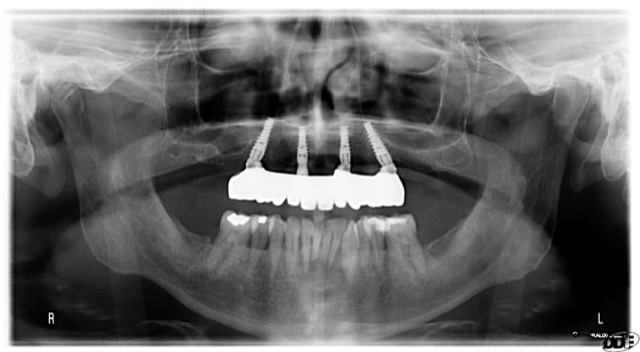
Who is a Candidate for Dental Implants
Contrary to the common misconception, most patients are candidates for dental implants. The ideal candidate is a patient who experiences good overall health and oral health. The ideal patient should have healthy gums with no signs of periodontal disease, adequate bone density to support the implants and good overall health.
However, patients who experience chronic illnesses, systemic complications, periodontal disease or bone loss may still be candidates for dental implants. Even if you experience any of the above health conditions, you may still be a candidate for dental implants, as each case is unique and it depends on the severity of the condition. An accurate and thorough diagnosis is crucial in understanding which solution is right for you, and creating the proper treatment based on your specific needs.
Patients who suffer from periodontal disease or experience bone loss, their treatments that can be performed to remedy such complications and restore damaged gum and tissue in preparation for permanent dental implants. Additionally, for patients who lack the bone density needed to support permanent implants, there are several graftless solutions that employ innovative techniques to utilize existing bone density, allowing patients to opt for permanent dental implants that will restore their smiles for life!
What is the Dental Implant Procedure Like?
A dental implant procedure is an intricate process that requires skill, expertise and a comprehensive understanding of the connection between the gum, teeth and underlying bone. Periodontists are dental experts who specialize in placing dental implants as well as periodontal disease prevention, diagnosis and treatment, to help patients achieve optimal oral health and function. If you’re looking for permanent dental implants in Los Angeles, choosing a periodontist to perform your dental implant procedure is the best course of action to ensure you receive expert care and treatment.
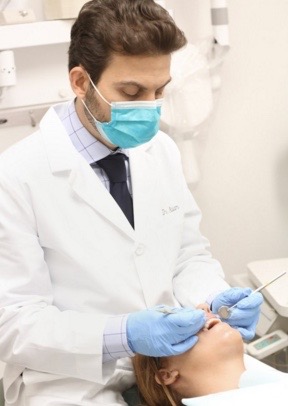
The dental implant procedure is a multistep process, where your periodontist will create a treatment plan based on your specific needs.
1. Consultation:
The consultation may be the most important step of the entire implant process, as this is when your periodontist will have a chance to thoroughly examine you and create a proper and accurate diagnosis of your unique case. A thorough and correct diagnosis is crucial as this becomes the foundation of your treatment plan. During the initial consultation, your periodontist will discuss your oral health and overall health history, perform an oral exam, which includes x-rays or 3D imaging, explain the dental implant process, and the different dental implant options, and create a personalized treatment plan for your dental implant procedure. Because no two cases are alike, it’s imperative to seek the professional opinion of a skilled periodontist who can determine the best treatment for you. Dr. Aalam and Dr. Krivitsky strive to ensure each patient feels comfortable and well informed about their diagnosis and treatment plan. The consultation is your opportunity to address any questions or concerns in a comfortable environment. Dr. Aalam and Dr. Krivitsky are here to answer any and all questions so that you feel confident about receiving your new dental implants!
2. Preparation and Placement:
During your next scheduled visit, your periodontist will begin the treatment plan you discussed. For some patients, additional treatment is required prior to placing the dental implants. Because dental implants are artificial tooth roots that replace lost or missing teeth, they are anchored into the jaw just like tooth roots. If a patient lacks the bone density needed to support the implant, a bone graft, sinus lift, or ridge modification may be necessary. If you suffer from periodontal disease, your periodontist must first restore healthy gum tissue prior to placing the dental implants. All necessary grafting may be done in the same visit as the implant placement itself. Your periodontist will either perform a bone graft to restore the lost bone and ensure there is adequate bone density in the jaw to hold the implant, or place the dental implant directly into the jaw in place of the lost or missing tooth. The jaw bone will act as a secure anchor to the artificial tooth root. This is a painless process as you will be under IV Sedation, also known as twilight sedation, and a local anesthetic. Patients are completely relaxed throughout the treatment and will not experience any pain. The difference between IV Sedation and a General Anesthetic is that patients are not completely put to sleep. They are rather in a state of ‘twilight’ sleep where they can respond to questions, but will not remember the procedure once they awake. Once the implant is securely placed into the jaw, a temporary abutment, a screw that connects the temporary restoration is to the implant. This piece will hold the temporary restoration, or artificial tooth, until the patient returns in four months for the permanent tooth.
3. Scanning:
Utilizing advanced technology, we then take a 3-D digital scan of the patient’s missing teeth, which is then sent to a lab that will create a temporary artificial tooth. This ensures that the patient will have a complete smile with no gaps while the implant heals for the next four months. This process takes less than 24 hours, and patients return the next day immediately following their procedure to have the artificial tooth put in. The tooth is color matched perfectly to blend seamlessly with the rest of the patient’s smile.
4. Osseointegration:
Once the implant is placed, it typically takes between four to six months for the implant to naturally fuse to the jawbone. This process is referred to as the Osseointegration and describes the process in dental implant integrates into the bone, to form a strong, secure connection between the implant and jaw. This process takes about four months for the jaw bone and the implant to fully integrate, and for the gum tissue around the gum to heal.
5. Permanent Restoration:
After four months the patient will return for the final restoration to be placed. The permanent teeth will match the color of your existing teeth, to blend perfectly with your smile. These restorations look, feel and function just like real teeth!
6. Check-ups:
It is important to visit your periodontist periodically for follow-up check-ups to ensure that your at home oral hygiene routine is sufficient, and to ensure you are maintaining proper oral health!
DENTAL IMPLANT PROCEDURES
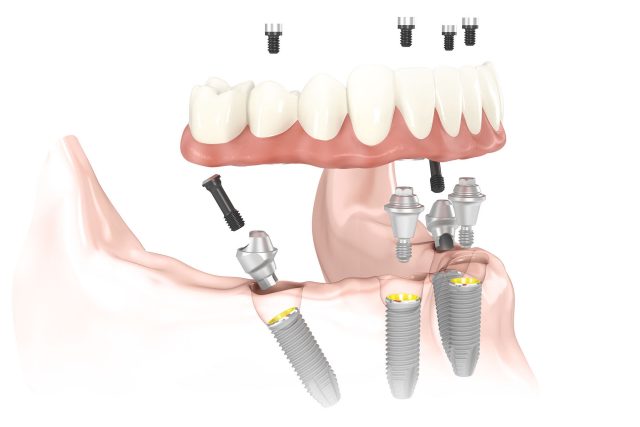
All-On-X Dental Implants
The revolutionary All-On-4 procedure provides patients with full-arch rehabilitation, utilizing a minimum of four dental implants. At the CENTER for Advanced Periodontal and Implant Therapy, an expert periodontist in Brentwood thoroughly examines each patient to create a treatment plan for dental implants based on each patient’s unique needs. Although the procedure was originally created as the All-On-4® treatment by Nobel Biocare, in most cases, Dr. Aalam and Dr. Krivitsky use a minimum of six permanent dental implants in Los Angeles to completely restore patients’ smiles. This procedure is ideal for patients who are missing all or the majority of their teeth, and who experience bone loss. The graftless treatment implements a unique technique that tilts the implants to utilize the patient’s existing bone density to support the permanent dental implants, so no bone graft is required. A temporary fixed-bridge is affixed to the implants so patients leave with a fully-functioning and complete set of teeth. Once the implants fully heal, a process that usually takes 4-6 months, patients return for their permanent, fixed, full-arch prosthesis. To learn more about the All-On-4 treatment in Los Angeles Click Here.
Zygomatic Dental Implants
Zygomatic Dental Implants are a revolutionary dental implant procedure ideal for patients who lack the bone density needed to sustain traditional dental implants. Dental implants are titanium or zirconia posts that are placed in the jawbone to replace missing tooth roots. Many patients who experience bone loss, often times due to untreated periodontal disease, are told they simply aren’t candidates for dental implants. With Zygomatic Dental Implants in Los Angeles, even patients who experience bone loss are candidates for permanent dental implants. This innovative treatment is ideal for patients who experience the most severe form of bone loss. Zygomatic dental implants in Los Angeles are extra-long implants that are anchored into the zygomatic bone, also known as the cheekbone. By utilizing the bone density near the cheekbone, patients in need of replacing lost or missing teeth can restore their smiles with permanent dental implants with this graftless solution. Dr. Aalam is proud to be the only periodontist in Los Angeles trained to perform zygomatic dental implants. To learn more about Zygomatic dental implants, Click Here.
Permanent Dental Implants in Los Angeles
Single Dental Implants
Permanent dental implants are the optimal solution for replacing lost or missing teeth. In the case of a single missing tooth, a single dental implant is the perfect procedure to restore your smile and confidence. A single tooth could be missing due to a number of factors. For some patients, their baby tooth didn’t emerge, while others may experience tooth loss due to trauma to the mouth such as an accident, or untreated periodontal disease that led to the need for an extraction. Regardless of the reason, a permanent dental implant can replace the missing tooth, and complete your beautiful new smile! Dental implants are titanium or zirconia posts that are anchored into the jaw in place of the missing tooth root. Depending on your specific needs, your periodontist in Brentwood will properly diagnose your case and create a treatment plan personalized for you. In some cases the Los Angeles periodontist may find that a tooth needs to be extracted, and a single dental implant may be the right solution for you. In other cases, multiple implants may be needed. And for those who experience bone loss, a graftless dental implant solution may be the right choice. If you believe you may be a candidate for dental implants, you are looking to improve your smile or you’re simply unsure, schedule your consultation with us today.
Multiple Dental Implants
Multiple dental implants are an excellent solution for patients who are looking to replace multiple teeth. Each patient has a unique set of needs and you deserve the best dental implant surgeon to provide you with comfortable and effective periodontal treatment in Los Angeles to help restore your oral health, smile and confidence! For patients who are missing multiple teeth, or require multiple extractions and replacement of their teeth, permanent dental implants in Los Angeles can rejuvenate your smile. During your consultation, your expert Los Angeles periodontist will determine the best treatment plan for you. In some cases, patients may require a bone graft, a gum graft or a sinus lift prior to placing the dental implants. Permanent dental implants are titanium or zirconia posts that are secured to the jaw to replace the missing tooth roots. A temporary abutment is attached to the implant, which will serve as the anchor to hold the temporary restoration or artificial tooth in place. At the CENTER for Advanced Periodontal & Implant Therapy, our Los Angeles periodontists utilize advanced technology that scans the sites of the missing teeth, creates a digital impression of the mouth, and color matches the temporary tooth so that it blends seamlessly with your smile. The impressions are sent to a lab and within 24 hours your temporary restoration is delivered, so patients do not experience any gaps in their smile while their multiple dental implants heal. The Osseointegration process is the process in which the permanent dental implant fully fuse to the jawbone. It usually takes between 4-6 months for the implant to fully integrate into the jaw, and for the gum around the implant to heal. Once the multiple dental implants have securely anchored into the bone and the tissue has healed, patients will have their temporary abutments and restorations replaced with permanent artificial teeth, that look, feel and function just like real teeth! This life-changing procedure provides patients with the comfort of eating, chewing, speaking, smiling and moving through life with ease and confidence, without having to worry about their smiles, oral health or ability to function normally.
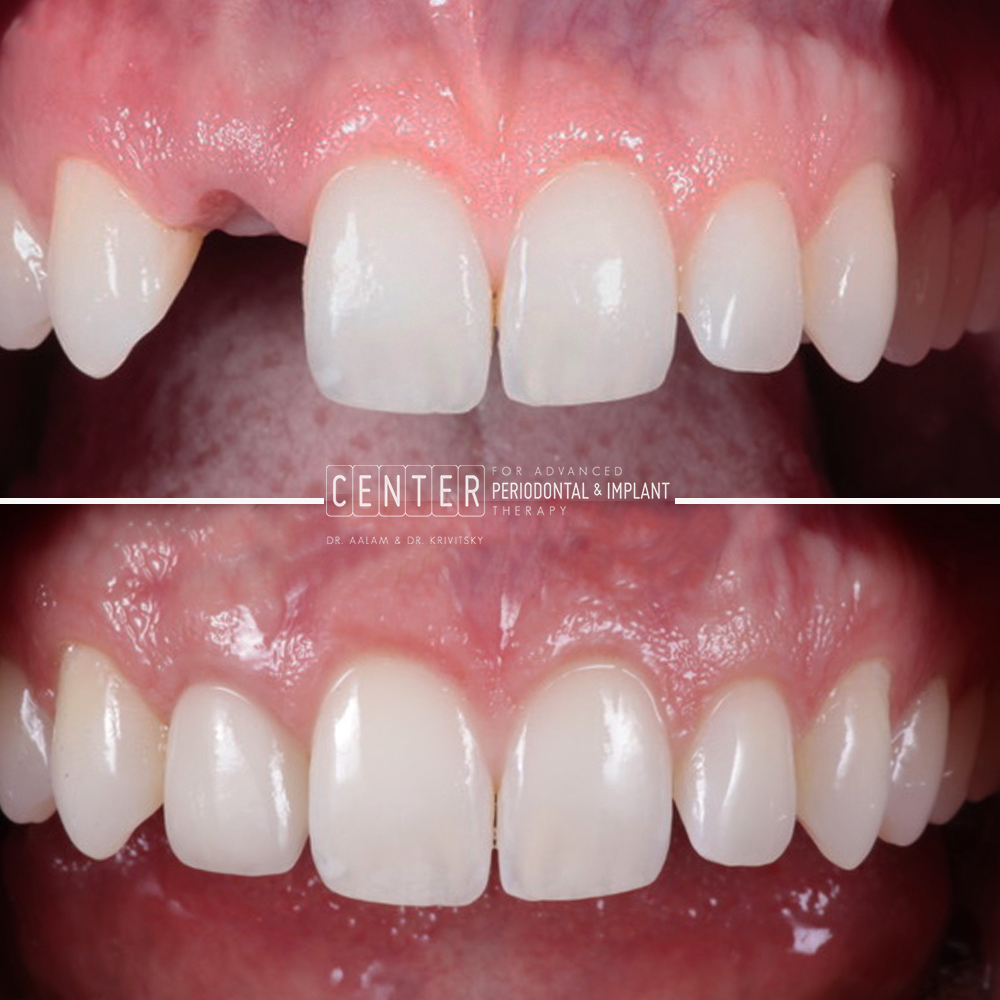
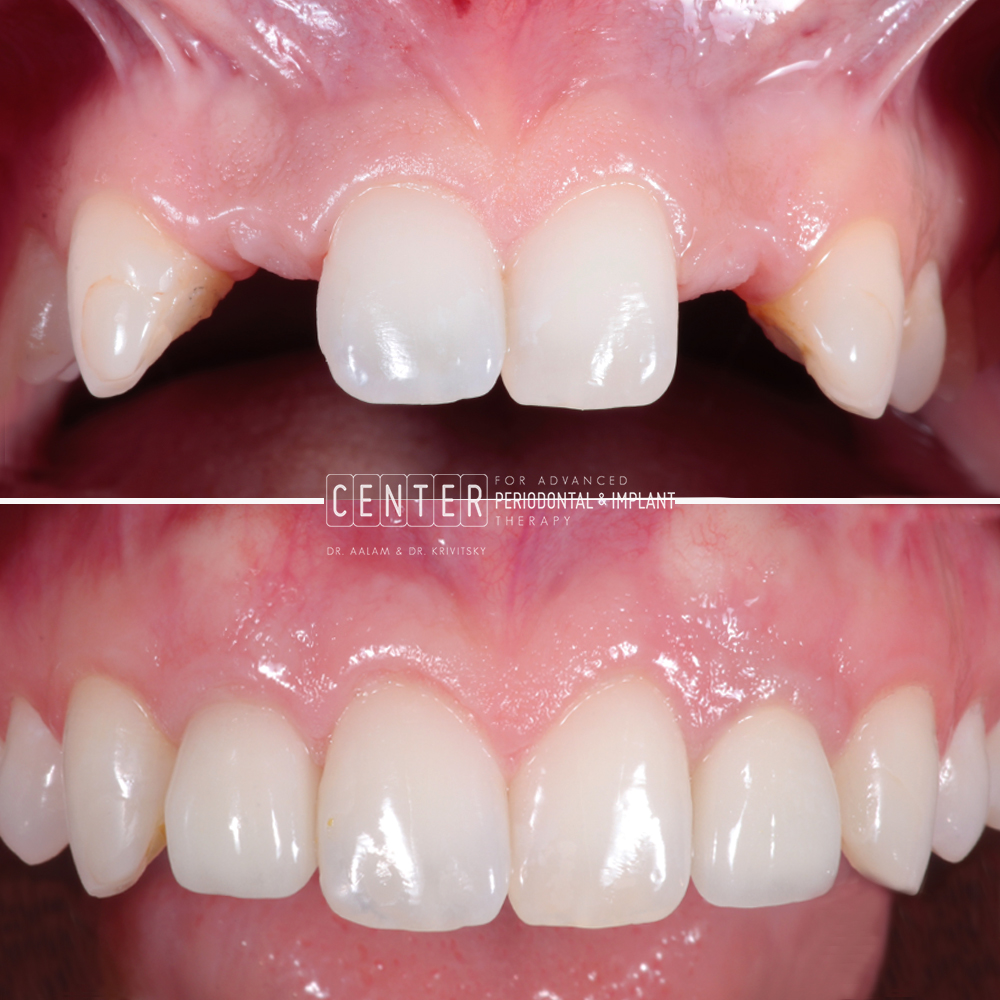

What are the Signs of Dental Implant Failure?
If you feel that your dental implants may be causing problems, you may want to follow these signs to help you and avoid potentail peri-implantitis:
- Difficulty chewing food
- Problems closing your jaw
- Inflammation of the gums
- Slow recession of the gums
- Dental implants becoming loosened or weakened teeth
- Severe pain or discomfort
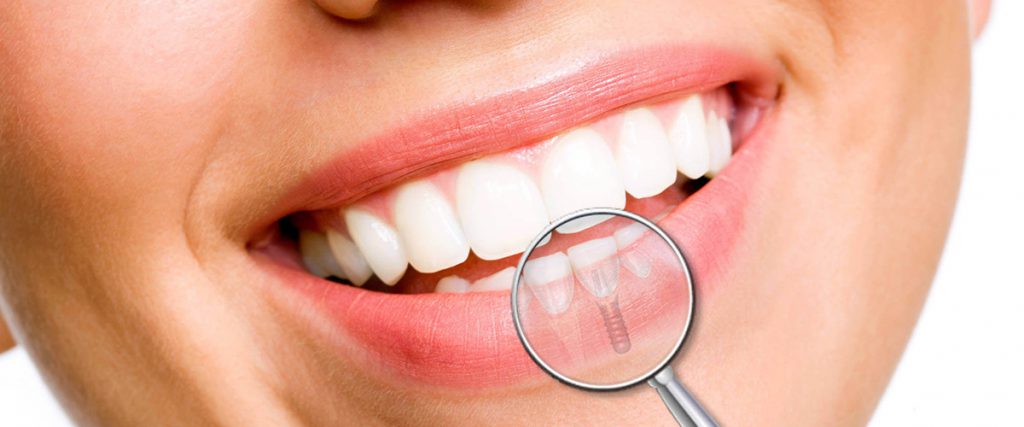
Can Dental Implants Get Infected?
Dental Implants can become infected due to the following reasons:
Infections due to lack of care at the implant site
It is possible that the orthodontist or dentist working on your teeth has made mistakes that can cause micro-movements of your dental implants. The micro-movements means that your dental implants do not have proper support and therefore begin to move.
Insufficient bone support
If you do not have sufficient bone from your jaw, then the dental implant will either become infected or start to fall out of place causing pain & discomfort.
Allergic reactions to dental implant materials
Inexperienced practitioners can also use outdated materials that are known to cause allergic reactions from titanium or unknown materials. This can cause your jaw to swell and even a tingling sensation that can make you lose your appetite.
You will want to bring up any allergies with your periodontist during your visit.
Dental Implant Recovery
When people think of oral surgery, they immediately imagine the worst case scenario. However, dental implant procedures have an incredibly high success rate. People typically experience apprehension both towards the complications after surgery and how quickly it will take for them to get back to their normal lives. If the patient carefully follows the instructions of their doctor regarding their medications, activity levels including exercising, and what they can and cannot consume during their recovery, they are likely to experience a simple and comfortable recovery process that will allow them to get back to their daily routine in no time!
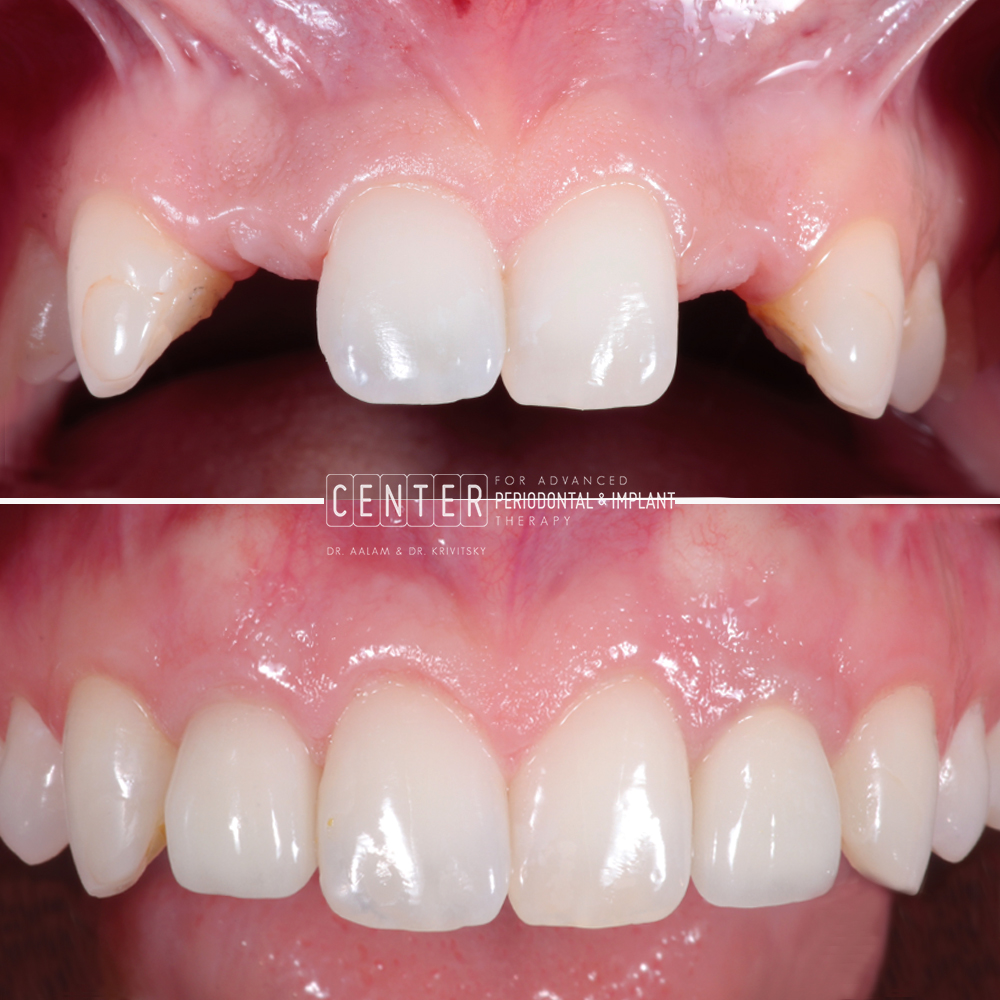
Just as each the treatment plan and procedure is unique to each patient, recovery time varies depending on the patient’s specific case. The type of dental implant procedure that was done, and whether the patient had additional treatments performed in order to restore the patient’s oral health and smile are factors to consider when determining recovery time. Within the first twenty-four to forty-eight hours, most patients will experience swelling, and slight discomfort. The time it takes for a patient to fully recover depends on several key variables. The number of teeth extracted, the number of implants placed, the type of implant procedure performed, and whether there were additional treatments such as bone grafting procedures or gum grafting procedures completed, are all major factors in determining the recovery time for patients. However, regardless of the type of procedure done, Dr. Aalam and Dr. Krivitsky utilize state-of-the-art technology, coupled with innovative techniques to effectively restore patients’ smiles, oral health and overall health, while ensuring minimal pain and discomfort during recovery!
Like any other surgery, diligently taking your medications as directed is crucial to the success of your post-operative experience. Medications should be taken as the doctor prescribes. The doctor may prescribe a pain medication to help manage the pain for the first few days following the procedure. It is common for most people worry about their pain tolerance post-surgery. While pain is relative to each person, patients typically only experience minimal discomfort. Depending on the type of procedure, the amount of pain a patient will endure is tolerable and will alleviate within a week.
You May Also Like...
Elevating Dental Implant Standards in Los Angeles for Patient Safety
Sarah's Implant Journey: A Testament to Transformation Meet Sarah. Three years ago, Sarah avoided mirrors, rarely...
Comparing Immediate Load vs. Traditional Dental Implants
Dental implants have revolutionized the way we replace missing teeth. They're not just prosthetics; they restore the...
Overcoming Dental Anxiety for Fear-Free Dental Implants
Dental anxiety is a common concern shared by many patients. It's not just about the fear of pain; it's also about the...

